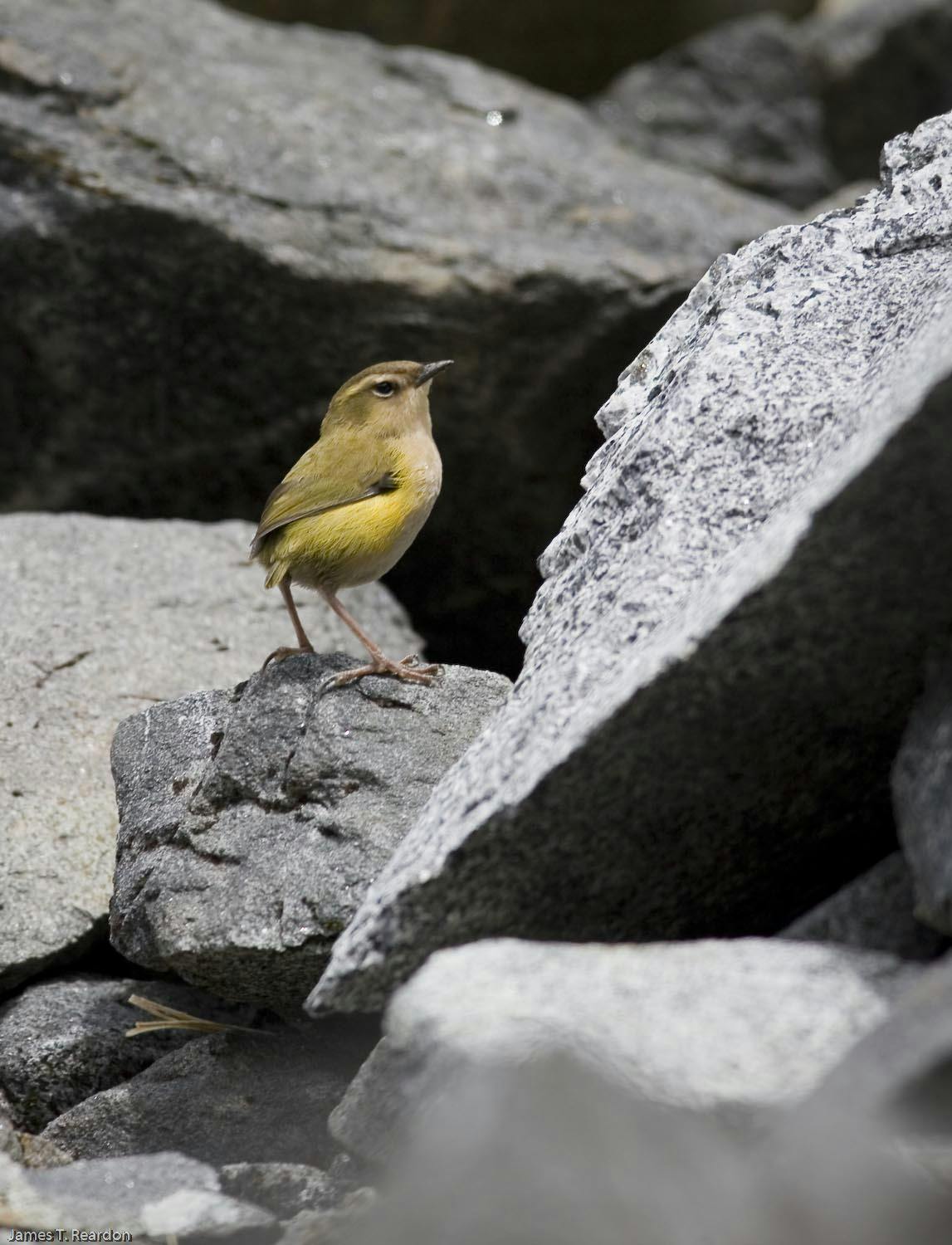The elusive rock wren/tuke population in Fiordland is bouncing back thanks to a successful ongoing predator trapping programme.
The Southland Section of the New Zealand Alpine Club’s (SSNZAC) trapping project has helped to increase the breeding pairs of rock wren in Homer Saddle and Gertrude Valley from 10 to 33 since 2013.
The programme was launched after DOC reported a “catastrophic decline” in the numbers of rock wren in the remote area of Fiordland. In 2012, they found that all of the nests in that region were being attacked by predators.
Rock wren are notoriously poor fliers, and make their nests on the ground, making them easy targets for predators. The alpine birds are particularly vulnerable to stoats and mice, who prey on chicks and eggs; occasionally, stoats will even take adult rock wrens at the nesting sites. Rock wren are considered nationally endangered.
Forty traps were set in the Upper Hollyford and Gertrude Valleys, and were checked by the club nine times a year. Between January 2014 and May 2016, DOC reports that the club caught 16 stoats and seven rats.
“We are really excited by the success of the rock wren population in our monitored area,” SSNZAC’s Stanley Mulvany said, adding that he believes the programme will make a significant difference to the overall survival of rock wren.
DOC Fiordland ranger Greg Lind applauded the club’s efforts: “This project is a great example of how volunteer work being done by the community can produce amazing results.”
The SSNZAC worked in collaboration with DOC, the Fiordland Tramping and Outdoor Recreation Club, and the Hokonui and Southland Tramping Clubs.






